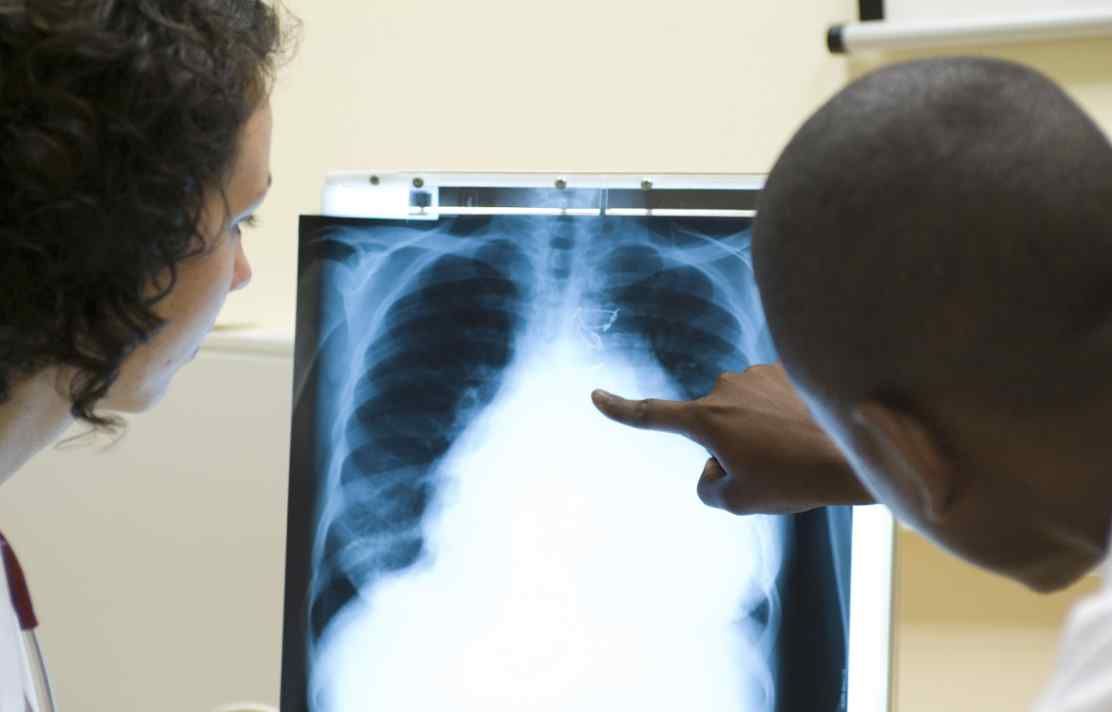BibTex format
@article{Gupta:2019:10.1164/rccm.201905-0969OC,
author = {Gupta, RK and Lipman, M and Jackson, C and Sitch, A and Southern, J and Drobniewski, F and Deeks, JJ and Tsou, C-Y and Griffiths, C and Davidson, J and Campbell, C and Stirrup, O and Noursadeghi, M and Kunst, H and Haldar, P and Lalvani, A and Abubakar, I},
doi = {10.1164/rccm.201905-0969OC},
journal = {American Journal of Respiratory and Critical Care Medicine},
pages = {984--991},
title = {Quantitative interferon gamma release assay and tuberculin skin test Results to predict incident tuberculosis: a prospective cohort study.},
url = {http://dx.doi.org/10.1164/rccm.201905-0969OC},
volume = {208},
year = {2019}
}
RIS format (EndNote, RefMan)
TY - JOUR
AB - RATIONALE: Development of diagnostic tools with improved predictive value for tuberculosis (TB) is a global research priority. OBJECTIVES: We evaluated whether implementing higher diagnostic thresholds than currently recommended for QuantiFERON Gold-in-Tube (QFT-GIT), T-SPOT.TB and the tuberculin skin test (TST) might improve prediction of incident TB. METHODS: Follow-up of a UK cohort of 9,610 adult TB contacts and recent migrants was extended by re-linkage to national TB surveillance records (median follow-up 4.7 years). Incidence rates and rate ratios, sensitivities, specificities and predictive values for incident TB were calculated according to ordinal strata for quantitative results of QFT-GIT, T-SPOT.TB and TST (with adjustment for prior BCG). MEASUREMENTS AND MAIN RESULTS: For all tests, incidence rates and rate ratios increased with the magnitude of the test result (p<0.0001). Over three years' follow-up, there was a modest increase in positive predictive value (PPV) with the higher thresholds (3.0% for QFT-GIT ≥0.35 IU/mL vs. 3.6% for ≥4.00 IU/mL; 3.4% for T-SPOT.TB ≥5 spots vs. 5.0% for ≥50 spots; and 3.1% for BCG-adjusted TST ≥5mm vs. 4.3% for ≥15mm). As thresholds increased, sensitivity to detect incident TB waned for all tests (61.0% for QFT-GIT ≥0.35 IU/mL vs. 23.2% for ≥4.00 IU/mL; 65.4% for T-SPOT.TB ≥5 spots vs. 27.2% for ≥50 spots; 69.7% for BCG-adjusted TST ≥5mm vs. 28.1% for ≥15mm). CONCLUSIONS: Implementation of higher thresholds for QFT-GIT, T-SPOT.TB and TST modestly increases PPV for incident TB, but markedly reduces sensitivity. Novel biomarkers or validated multivariable risk algorithms are required to improve prediction of incident TB. This article is open access and distributed under the terms of the Creative Commons Attribution Non-Commercial No Derivatives License 4.0 (http://creativecommons.org/licenses/by-nc-nd/4.0/).
AU - Gupta,RK
AU - Lipman,M
AU - Jackson,C
AU - Sitch,A
AU - Southern,J
AU - Drobniewski,F
AU - Deeks,JJ
AU - Tsou,C-Y
AU - Griffiths,C
AU - Davidson,J
AU - Campbell,C
AU - Stirrup,O
AU - Noursadeghi,M
AU - Kunst,H
AU - Haldar,P
AU - Lalvani,A
AU - Abubakar,I
DO - 10.1164/rccm.201905-0969OC
EP - 991
PY - 2019///
SN - 1073-449X
SP - 984
TI - Quantitative interferon gamma release assay and tuberculin skin test Results to predict incident tuberculosis: a prospective cohort study.
T2 - American Journal of Respiratory and Critical Care Medicine
UR - http://dx.doi.org/10.1164/rccm.201905-0969OC
UR - https://www.ncbi.nlm.nih.gov/pubmed/31825645
UR - https://www.atsjournals.org/doi/10.1164/rccm.201905-0969OC
VL - 208
ER -
